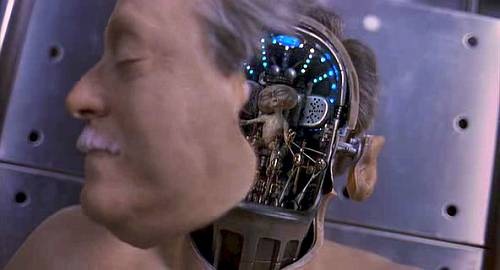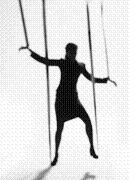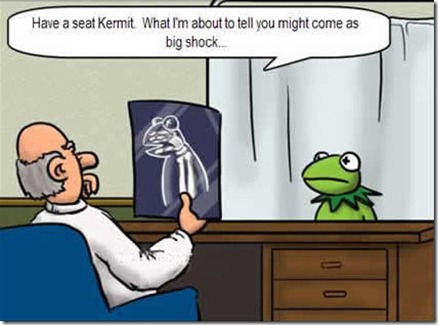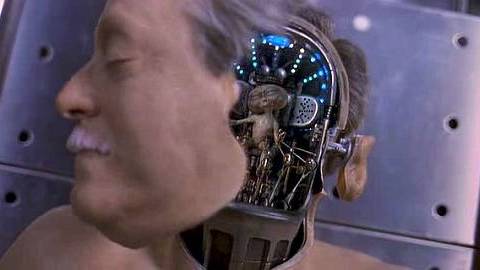Who’s in Charge Inside Your Head?
Source: nytimes.com
ZOMBIE bees?That’s right: zombie bees. First reported in California in 2008, these stranger-than-fiction creatures have spread to North Dakota and, just recently, to my home in Washington State.
Of course, they’re not really zombies, although they act disquietingly like them, showing abnormal behavior like flying at night (almost unheard-of in healthy bees), moving erratically and then dying. These “zombees” are victims of a parasitic fly, Apocephalus borealis. The fly lays eggs within honeybees, inducing their hosts to make a nocturnal “flight of the living dead,” after which the larval flies emerge, having consumed the bee from the inside out.
These events, although bizarre, aren’t all that unusual in the animal world. Many fly and wasp species lay their eggs inside hosts. What is especially interesting, and a bit more unusual, is the way an internal parasite not only feeds on its host, but also frequently alters its behavior, in a way that favors the continued survival and reproduction of the parasite.
Not all internal parasites kill their hosts, of course: pretty much every multicellular animal is home to numerous fellow travelers, each of which has its own agenda, which in some cases involves influencing, or taking control of, part or all of the body in which they temporarily reside.
And this, in turn, leads to the question: who’s in charge of your own mind? Think of the morgue scene in the movie “Men in Black,” when a human corpse is revealed to be a robot, its skull inhabited by a little green man from outer space. Science fiction, but less bizarre than you might expect, or want to believe.

Providing room and board to other life-forms doesn’t only compromise one’s nutritional status (not to mention peace of mind), it often reduces freedom of action, too. The technical phrase is “host manipulation.”
Take the tapeworm Echinococcus multilocularis, which causes its mouse host to become obese and sluggish, making it easy pickings for predators, notably foxes, which — not coincidentally — provide an optimal environment for the tapeworm to move into the next phase in its life cycle.
Sometimes the process is truly strange. For example, a kind of fluke known as Dicrocoelium dentriticum does time inside a snail, then an ant, followed by a sheep. Ensconced within an ant, some of the resourceful worms migrate to their host’s brain, where they manage to rewire its neurons, essentially hijacking its body.
The manipulated ant, in response to Dicrocoelium’s demands, then climbs to the top of a blade of grass and waits patiently and conspicuously until it is consumed by a grazing sheep. Once in its desired happy breeding ground, the worm releases its eggs, which depart with a healthy helping of sheep poop, only to be consumed once more by snails, which eventually excrete the immature worms for another generation of unlucky ants to consume.
It may be distressing to those committed to “autonomy,” but such manipulators have inherited the earth. Including us.
Take coughing, or sneezing. It may be beneficial for an infected person to cough up or sneeze out some of her tiny organismic invaders, although it isn’t so healthful for others nearby. But what if coughing and sneezing aren’t merely symptoms but also, even primarily, a manipulation of us, the “host,” by influenza viruses? Shades of zombie bees, fattened mice and grass-blade-besotted ants.
 Just as Lenin urged us to ask “who, whom?” with regard to social interactions — who benefits at the expense of whom? — the new science of evolutionary medicine urges a similar question: who benefits when people show symptoms of a disease? Often, it’s the critters that are causing the disease in the first place.
Just as Lenin urged us to ask “who, whom?” with regard to social interactions — who benefits at the expense of whom? — the new science of evolutionary medicine urges a similar question: who benefits when people show symptoms of a disease? Often, it’s the critters that are causing the disease in the first place.But what about the daily, undiseased lives most of us experience? Voluntary actions are, we like to insist, ours and ours alone, not for the benefit of some parasitic or pathogenic occupying army. When we fall in love, we do so for ourselves, not at the behest of a romance-addled tapeworm. When we help a friend, we aren’t being manipulated by an altruistic bacterium. If we eat when hungry, sleep when tired, scratch an itch or write a poem, we aren’t knuckling under to the vices of our viruses.
But it isn’t that simple.
[...]
Read the full article at: nytimes.com























